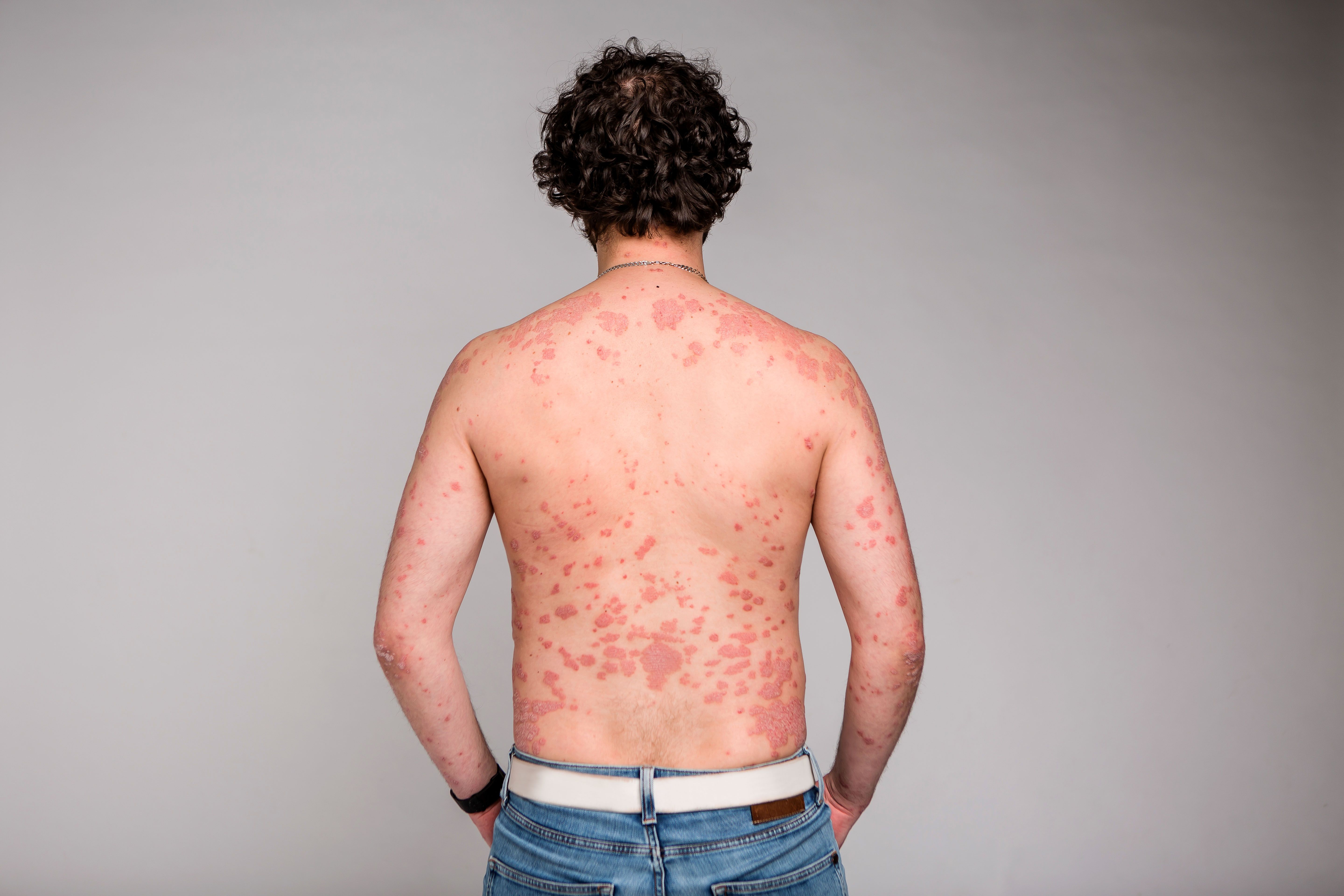- Center on Health Equity & Access
- Clinical
- Health Care Cost
- Health Care Delivery
- Insurance
- Policy
- Technology
- Value-Based Care
Understanding Biologic Therapy Switching Patterns in Psoriasis and Psoriatic Arthritis Patients
This study aimed to evaluate the association between the disease burden of psoriasis and the switching of systemic biologic therapies in patients with both psoriasis and psoriatic arthritis.
This article was originally published by Dermatology Times. It has been lightly edited.
Nearly 40% of patients with psoriasis (PSO) also develop psoriatic arthritis (PsA), further exacerbating the impact on their quality of life. The introduction of biologic therapies has revolutionized the management of PSO and PsA. However, a critical gap in understanding lies in the influence of patient-centered factors, beyond skin clearance, on treatment outcomes and switching patterns. Research between disease burden and switching of systemic biologics was presented in the poster session “Patients With Psoriatic Arthritis at Biologic Therapy Switch: The CorEvitas Psoriasis Registry” at the 2023 Fall Clinical Dermatology Conference in Las Vegas, Nevada.

This study aimed to evaluate the association between the disease burden of psoriasis and the switching of systemic biologic therapies in patients with both PSO and PsA within a real-world clinical setting.
This investigation utilized data from the CorEvitas PSO Registry, spanning from April 2015 to August 2022. The registry, a prospective, multicenter, noninterventional initiative, collected data at roughly 6-month intervals. Patients included in the study had a history of plaque PSO, PsA, and initiated a biologic within 42 days of a CorEvitas visit.
Disease burden was evaluated using a combined measure of Psoriasis Area and Severity Index (PASI), Dermatology Life Quality Index (DLQI), and patient-reported joint pain (100 mm visual analog score [VAS]). Time from biologic initiation to a switch or discontinuation was assessed.
Among 2580 patient-initiations, 52% were female. The study observed biologic therapy switching in 20% of patient-initiations over 30 months, occurring at a median of 6.5 months of treatment. The leading reason for switching was failure to maintain initial response (40%), followed by inadequate initial response (30%).
This study highlights a crucial finding: patients with impaired health-related quality of life (as assessed by DLQI) and joint pain (VAS) after initiating treatment were more likely to switch biologics, regardless of their PASI score. This suggests that patient-centered factors, in addition to skin clearance, significantly influence the occurrence of biologic switches in the management of patients with both PSO and PsA.
In conclusion, understanding and addressing patient-centered factors is paramount in optimizing the treatment approach for individuals suffering from PSO and PsA. This knowledge will undoubtedly contribute to improved patient outcomes and a higher quality of life for those living with these conditions.
Reference
Mease P, Jones E, Sima A, et al. Patients with psoriatic arthritis at biologic therapy switch: the CorEvitas psoriasis registry. Poster presented at: 2023 Fall Clinical Dermatology Conference; October 19-22, 2023; Las Vegas, NV.
